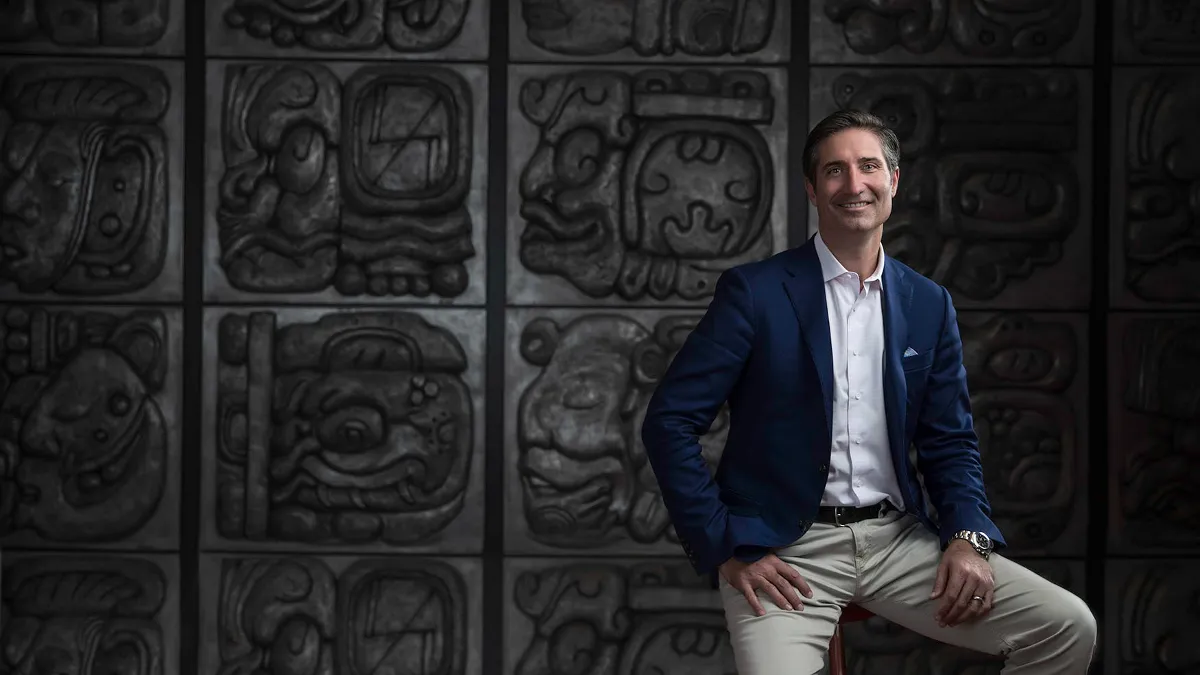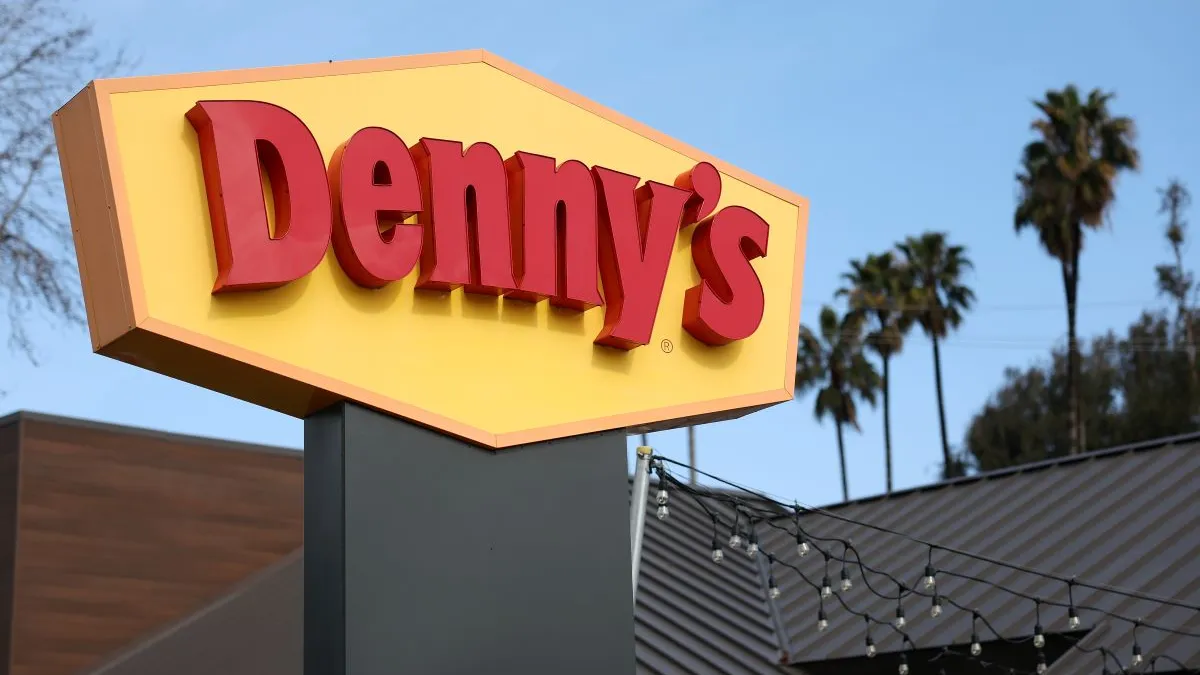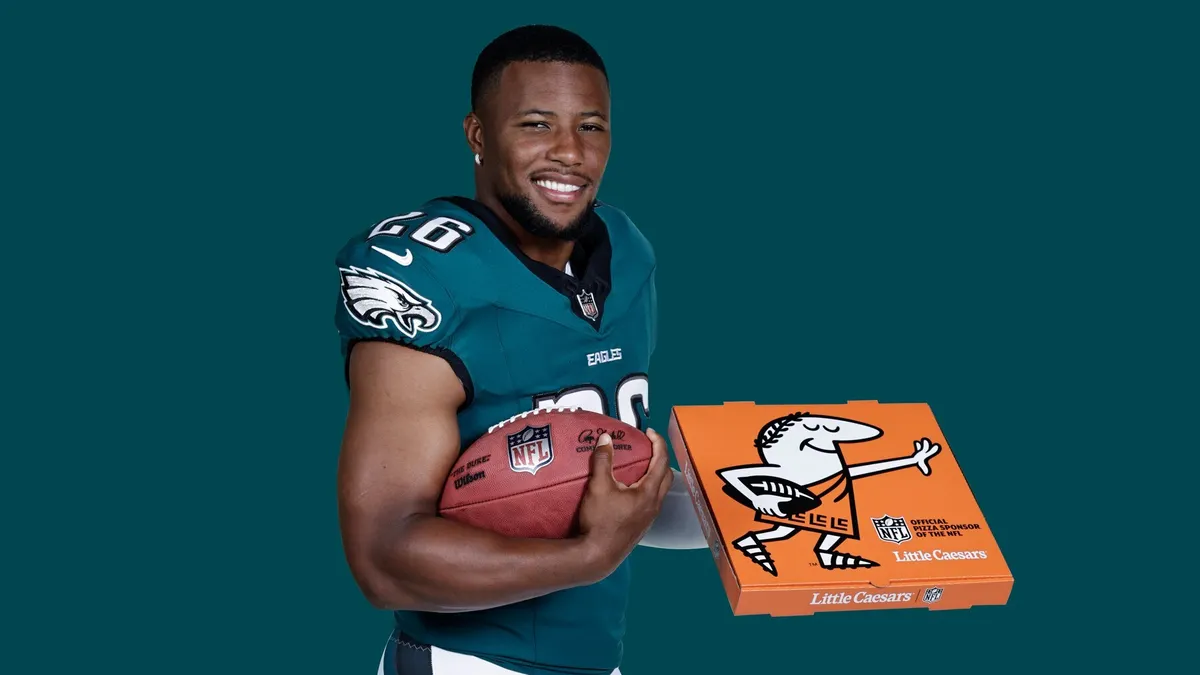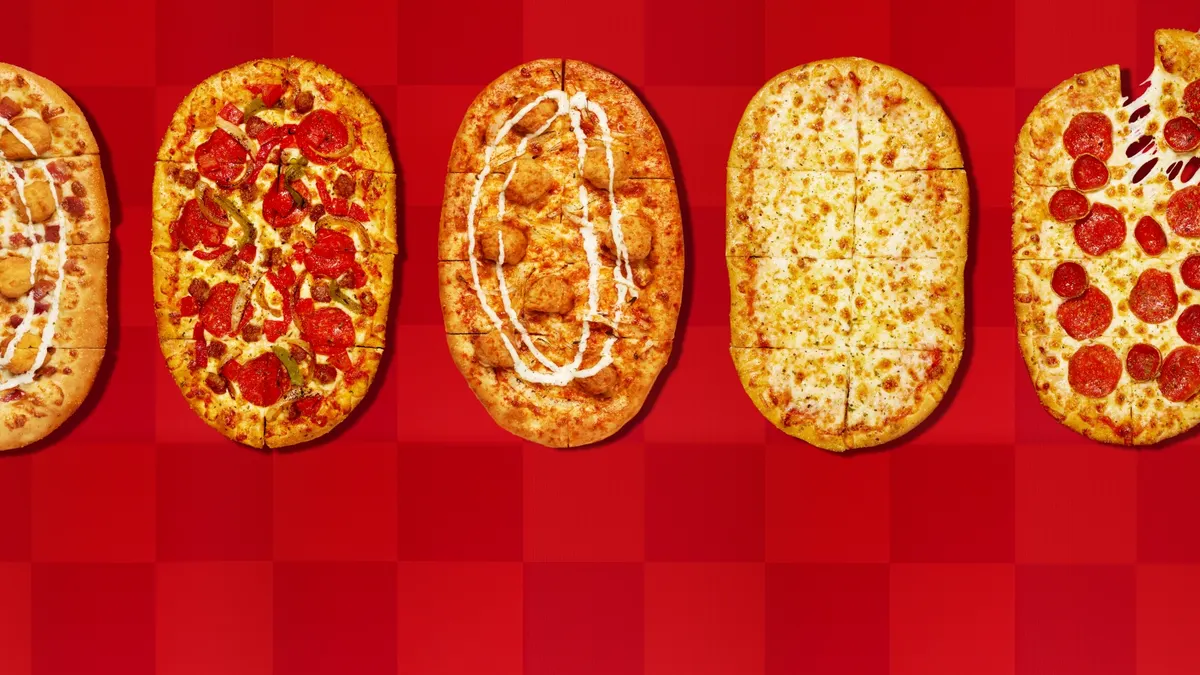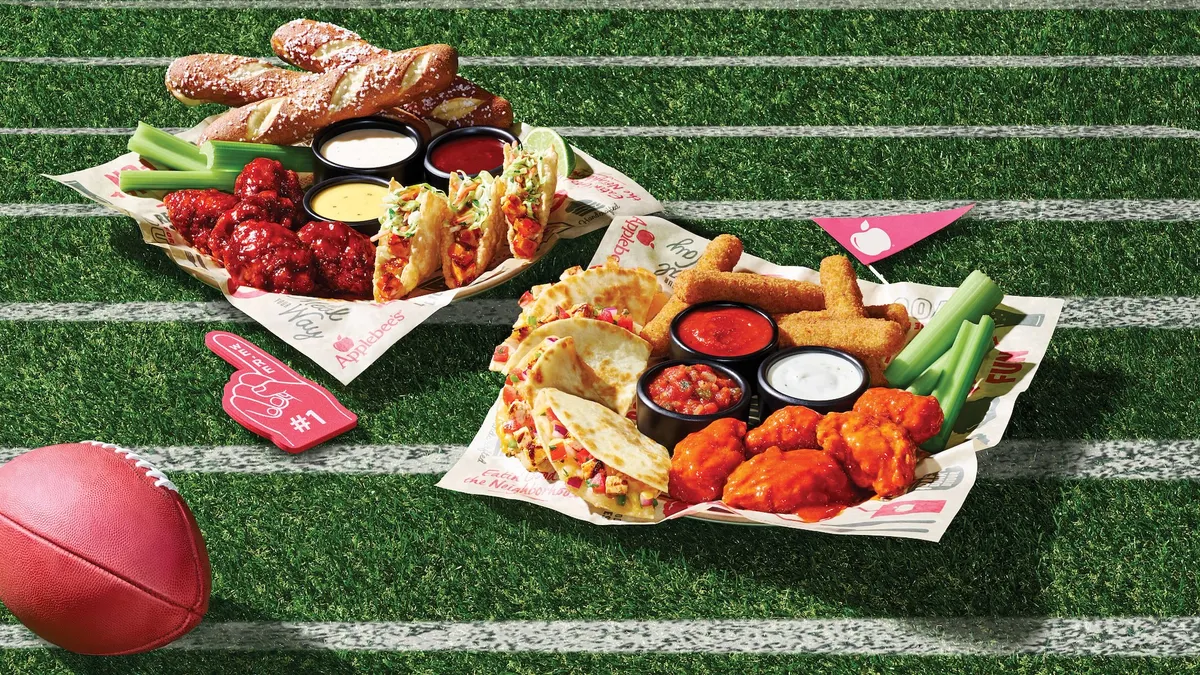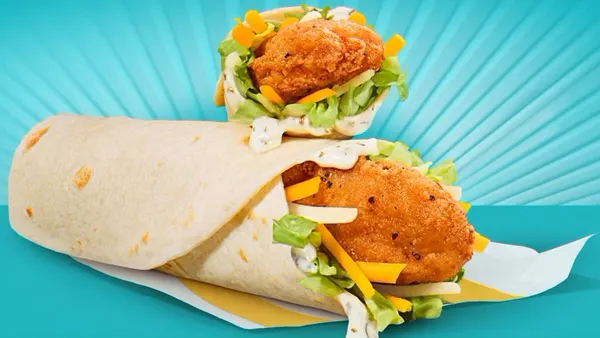Today could be the beginning of a new era for Starbucks, as former Chipotle CEO Brian Niccol takes the reins of the struggling coffee chain.
Niccol is no stranger to brands in crisis. When he assumed the top executive post at Chipotle, it was suffering from recurrent outbreaks of foodborne illness, and same-store sales growth that, in the last full quarter before Niccol’s accession, was driven entirely by pricing as transactions fell. Under Niccol, Chipotle managed “a near-doubling of sales, almost sevenfold increase in profit, and near-800% increase in the stock price,” Sharon Zackfia, an analyst with William Blair, wrote in a note shared with Restaurant Dive.
Niccol helped lead the chain through a period of sustained success, focusing on digital orders and developing the Chipotlane, a mobile pickup lane that has boosted store volumes. Now, Starbucks wants him to transform its brand, which is struggling in the eyes of consumers and investors. But can he do it?
Starbucks is far larger than the 2,400 domestic units and 37 international locations Niccol inherited when he took over Chipotle. The company’s 39,000 stores make it the world’s largest coffee chain, and its myriad of challenges would be difficult for even the best executive to solve at scale.
“Growth for a company this big is really difficult to come by,” said Christopher Kayes, chair of the Department of Management at The George Washington University School of Business.
As the brand prepared for Niccol’s accession to the CEO post , Restaurant Dive spoke to experts about the major challenges in branding, consumer attitudes, operations and growth facing Starbucks, and what Niccol can actually do about them.
A clash between ‘third place’ positioning and mobile speed
Some of Starbucks’ current problems stem from its past successes. The company was an early adopter of Mobile Order and Pay, but that technology may have weakened its overall value prospect, making it harder to raise prices without consumer pushback, said Chris Hydock, a professor at the Freeman School of Business at Tulane University.
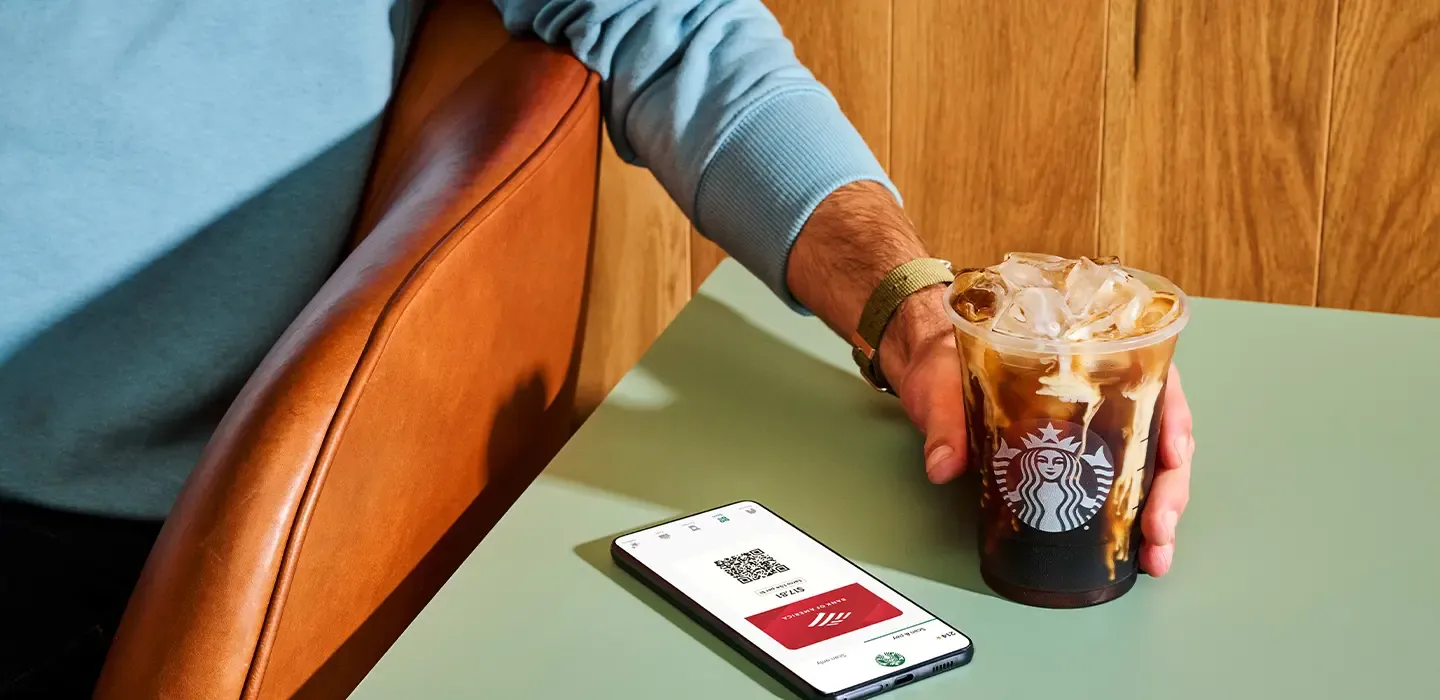
“Historically, they were very oriented towards being a third place,” Hydock said. “You're paying $7 or $8 for your coffee, but you're also getting to sit and hang out, and relax in more comfortable environments. As they move towards being more of a mobile and convenience-oriented company there's less value to what [consumers] are getting from the company.”
R.J. Hottovy, the head of analytical research at Placer.ai, said the brand’s need to balance its traditional hospitality identity with speed of service, especially for digital orders, creates a significant issue with customers.
“It's hard to satisfy both that third place customer as well as that convenience customer in the same location,” Hottovy said.
This tension creates strategic obstacles as well, Hydock said. Locations optimized for mobile ordering, drive-thrus and convenience require different real estate, different buildouts and different labor deployment tactics than stores built around a third-place, coffeehouse experience.
Niccol has experience with rehabilitating brand reputations and coaxing wary customers back, which could position him well at Starbucks. When he joined Chipotle in 2018, the chain was still struggling to improve its image after its food contributed to norovirus and E. coli outbreaks between 2015 and 2018. Niccol’s focus on menu innovation and updating kitchen operations helped move the chain beyond its checkered past.
Starbucks may make similar changes to its strategy. The company has already hinted that food, for example, could become a more significant part of its sales mix. But, Hydock said, consumers who identify the brand as a premium coffee company will expect similarly high-quality food.
“As you get into the later meals of the day, that gets increasingly difficult, maybe beyond the logistical setup and resources of their current business model,” Hydock said.
Placing more emphasis on afternoon food offerings would also entail a shift away from the company’s coffee-based identity, moving it into more direct competition with QSR chains that serve coffee, like Dunkin’ and McDonald’s.
Kayes said the increasing focus on non-coffee beverages and foods has already diluted Starbucks’ brand, and a shift toward more products could make Starbucks less distinctive and weaken its cultural identity.
Under Niccol, Chipotle was able to balance its core offerings with LTOs, especially in protein. Much of the chain’s menu changes have been at the instigation of consumers — like its addition of fajita quesadillas in 2023. But these new menu items tend to be variations on its core products, like bowls, tacos and quesadillas, as opposed to new product categories. Starbucks, by contrast, has looked to launch whole new beverage platforms to win consumers back. Some of Starbucks’ recent drinks have seemed far afield from its traditional offerings, like the Oleato line, which mixed olive oil with coffee and received a widespread launch in 2023.
New marketing campaigns may not solve brand identity issue
When Niccol’s appointment was first announced, analysts and experts predicted that his marketing acumen would be a boon to the brand, and that he would focus on advertising early on.
Niccol got his start in executive leadership as a marketer with Procter & Gamble, Taco Bell and Pizza Hut. Months after he joined Chipotle, the brand launched its “For Real” campaign, which sought to counteract the brand damage done by foodborne illness by highlighting the simplicity of Chipotle’s ingredients. At the time the chain had only 51 ingredients.
But messaging changes won’t fix the chain’s consumer perception and brand identity issues, Kayes said.
“They can do whatever gimmick they want relative to branding,” Kayes said. “But what people want is quality [in core beverages], and they want it at a certain kind of price.”
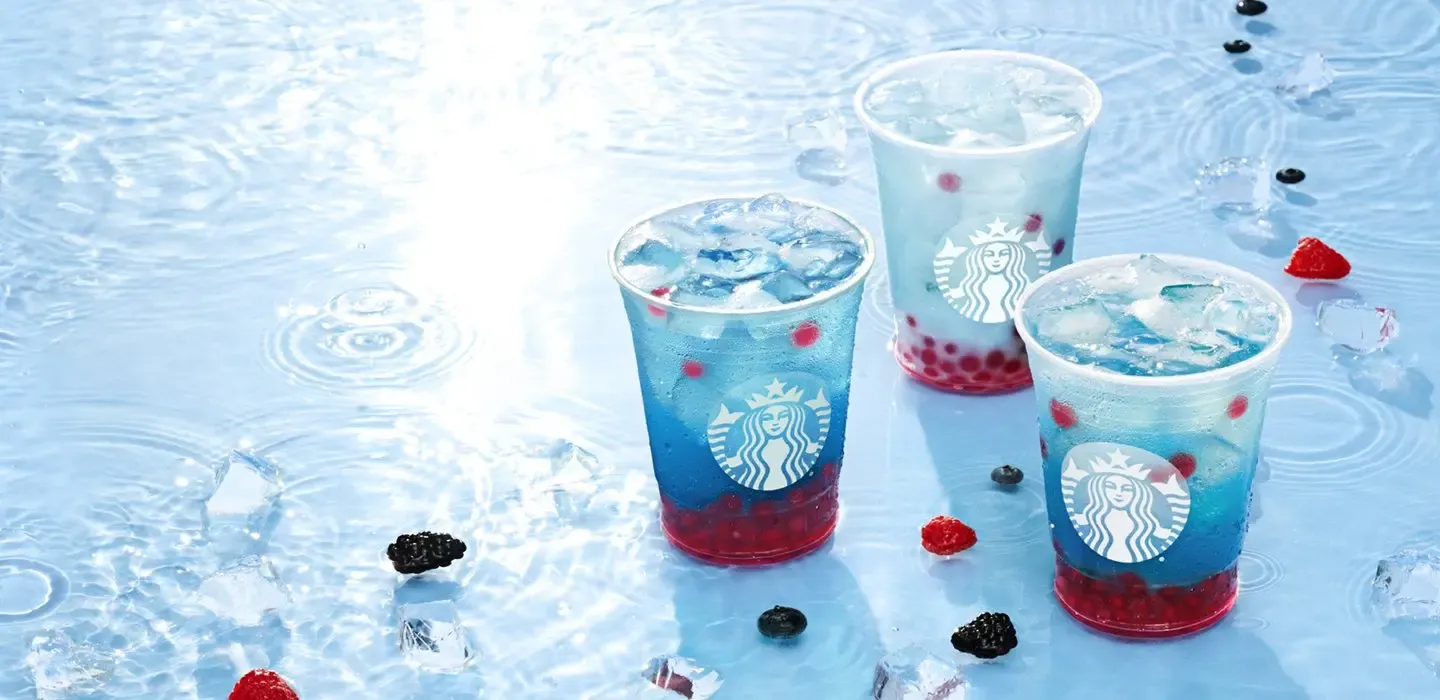
Hottovy predicted the company would undertake a major marketing push once Niccol settles into the CEO role, to reintroduce consumers to the Starbucks brand. That push, Hottovy said, is likely to re-emphasize coffee.
“The traditional coffeehouse feel is what a lot of people associate with the Starbucks brand,” Hottovy said. “Getting back to that brand vision is going to be important in the TV campaigns.”
Even a strong marketing campaign aimed at re-establishing the pre-eminence of coffee in Starbucks’ brand identity may not win consumers, Hydock said, simply because there aren’t many consumers left in the United States who lack opinions on Starbucks. Its success and ubiquity could work against it.
“They're running out of new customers in the U.S.,” Hydock said.
Kayes said Starbucks’ reputation as a progressive employer and a forward-thinking brand has also eroded, in part due to its response to the Starbucks Workers United Campaign.
“What they need to do is consider collective bargaining as part of their portfolio in how they hire and staff these restaurants,” Kayes said. “If they continue to see the unions as a villain, as opposed to information about what some of the problems are at the local level, they're going to continue to have labor problems.”
Since the beginning of its union drive, SBWU has positioned its campaign as an effort to ensure workers, which Starbucks euphemistically refers to as partners, are true partners in the brand. When Starbucks and the union announced their detente in February of this year, Michelle Eisen, one of the first union members at the first union store, said she felt the company and organized labor were moving toward a genuine partnership.
The international challenge
Many restaurant brands that face market problems in the U.S. have turned to international growth. But Starbucks’ international performance is beginning to decline, as well. In 2022, the coffee giant said it planned to open one store in China every nine hours until 2025, building on an existing 6,000 stores in that market. Now, the brand’s same-store sales are down 14% year-over-year in China, driven by shrinking ticket sizes and falling traffic, according to its latest earnings release.
“They've got more and more competition there. I think that's the biggest issue,” Kayes said of Starbucks’ second-largest market. “It's not clear to me that there's that much growth potential in China.”
Luckin Coffee, a Chinese brand, has been able to capture a sizable share of that country’s booming coffee market in recent years at the expense of Starbucks, CNN reported. At the same time, structural factors in the Chinese economy, like its focus on fixed capital investment and high rate of savings, limit the opportunities for consumer-oriented brands.
Then-CEO Laxman Narasimhan hinted on the brand’s Q3 earnings call that it could pursue a different ownership structure for its China business.
“We are in the early stages of exploring strategic partnerships to further enhance our competitive position to accelerate growth and innovate to win in the long term in China,” Narasimhan said.
What’s possible?
Given these constraints on the chain, it may be difficult for Niccol to change Starbucks significantly or return the brand to a speedy growth trajectory.
“There’s been a real misunderstanding in the press, and also probably amongst the Starbucks board, about how much influence a CEO can really have in the long term,” Kayes said. “CEOs can come in and they can do some financial engineering and some efficiencies, and they can have a short term impact on an organization, but trying to change a culture, trying to change your brand, that's a long-term endeavor.”
Hydock said major changes are likely to face skepticism.
“There's always going to be hesitancy to make any major changes to what the company does, because those come with a lot of risks,” Hydock said.
Still, he said, it is possible to envisage the brand shifting toward a model resembling Chipotle’s — one with fewer ingredients and less operational complexity. Such a move might ease the operational issues that have driven up the brand’s wait times in recent years. But it would run counter to the trends toward customization, novelty and social media presentation that have shaped how brands across the food and beverage industry are catering to younger consumers.
In the end, Hydock said, Niccol may not have a clear path to sales growth of the scale that looks good on a quarterly earnings report.
“Coffee and tea drinks are never, ever going to decline, people are always going to want those things,” Hydock said. “But once you capture the market in terms of customers and the kind of product assortment that you can realistically offer, the path of growth just gets really, really narrow.”
Kayes echoed that notion.
“Best case scenario is a return to slow growth,” Kayes said.
Niccol may not get a long enough tenure to really shape the brand, Kayes said, particularly given the influence of activist investors and former CEO Howard Schultz, who remains a major shareholder.
“I think we can look at the history and say he's got about 18 months,” Kayes said.
Both Johnson and Narasimhan were chosen to follow Schultz and tasked with ensuring long-term, productive changes to the brand. While Johnson’s tenure lasted about five years, the last several quarters of his work at the chain saw the emergence of Starbucks Workers United and its growth beyond Buffalo, New York. Shortly after Johnson left, the chain saw further c-suite shake-ups, amid Howard Schultz’s call for a different kind of leadership.
“The expectations on things like this are just so high and unrealistic that it forces you to make these short-term decisions that may not necessarily be sustainable, or good, for the long term health of the company,” Kayes said.



